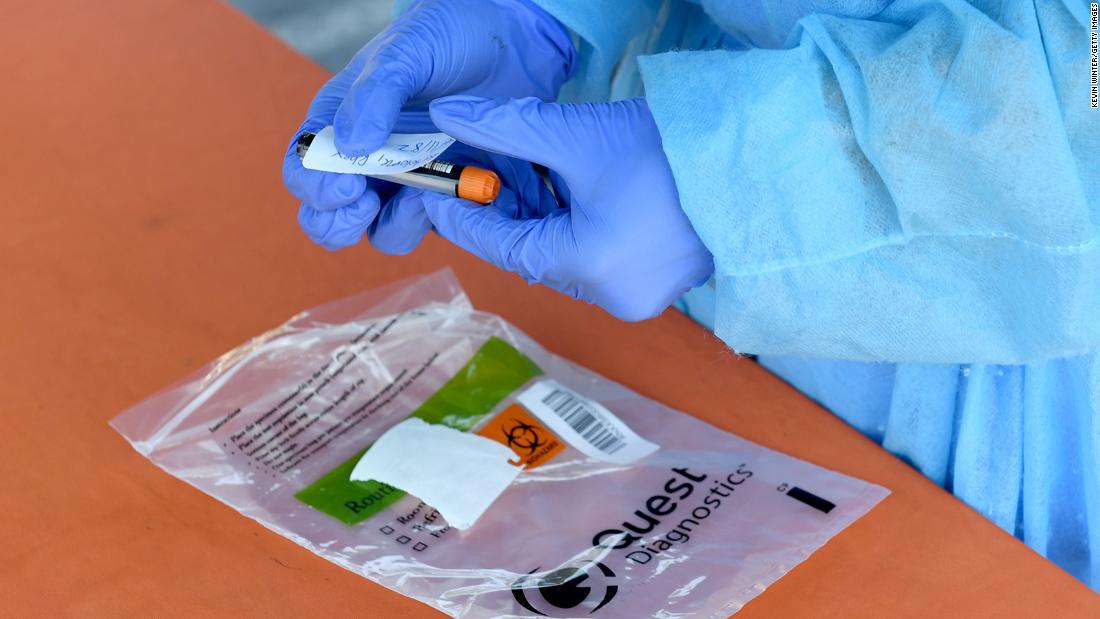New guidelines that raise the bar on who should get tested came as a result of pressure from the upper ranks of the Trump administration, an official tells CNN
The new guidelines raise the bar on who should get tested, advising that some people without symptoms probably don’t need it — even if they’ve been in close contact with an infected person.
Previously, the CDC said viral testing was appropriate for people with recent or suspected exposure, even if they were asymptomatic.
CDC would not comment on questions about its own policy change. A CDC spokesperson referred all questions to the Department of Health and Human Services.
In a statement to CNN, HHS Assistant Secretary Brett Giroir said: “This Guidance has been updated to reflect current evidence and best public health practices, and to further emphasize using CDC-approved prevention strategies to protect yourself, your family, and the most vulnerable of all ages.”
HHS has not specified what change in “current evidence” may have driven the change. Giroir is expected to address these issues at a briefing Wednesday afternoon.
Dr. Carlos del Rio, an infectious disease specialist and associate dean of Emory University School of Medicine, said on CNN Newsroom on Wednesday that the CDC has not provided evidence to explain the changes.
“I mean, the evidence that I’m aware of as of today is that close to 40% of the cases of the infections are asymptomatic and asymptomatic people transmit the infection,” Del Rio said.
“So, not testing — I mean, if you have been in contact with somebody for a few minutes, that’s okay. But if you have been in contact for 50 minutes and that people doesn’t have a mask, I think you need to be tested regardless if you have symptoms or not. We know especially young people going into the house and then transmit inside the household. So, the guidelines baffle me and I really don’t understand them.”
This story is breaking and will be updated.
CNN’s Betsy Klein and Andrea Diaz contributed to this report.
![]()




